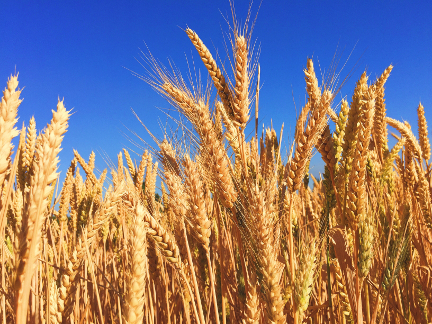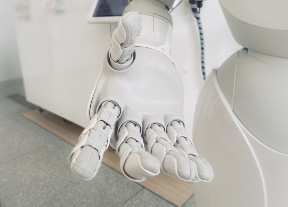(Slide 1)
Tonight, I will talk about what everyone can do to
(Slide 2)
help feed the world!
In 1974, (Slide 3) the world’s population reached 5 billion. And world hunger as a problem back then.
In 1999, (Slide 4) the world population reached 6 billion. And world hunger as a problem back then.
In 2018, (Slide 5) there is an estimated population of over 7 Billion people.
(Slide 6) The world population is now growing by 80 million per year. So that by 2050, it is estimated that there will be 9 billion people on this planet. (Slide 7)
The problem is how we will feed 9 billion people when world hunger continuous to be a problem today (Slide 8)
After all, the world is not getting bigger. (Slide 9)
There are two solutions to the problem,
- Prevent the population from reaching 9 billion. (Slide 10) Back in the 1970s, we tried population control. Famously, China instituted a one-child policy. And how has that been working out?
- (Slide 11) Produce more food.
How do we produce more food?
- Increase livestock productions. (Slide 12)
- Fish the oceans even more. (Slide 13) Perhaps we can harvest giant squids. One of this can feed about a family for weeks. Maybe start eating more exotic sea animals.
There are problems with these two.
- (Slide 14) Livestock’s need more land for roaming and feed production and therefore contribute to deforestation and increases in greenhouse gas.
- (Slide 15) The oceans are already straining from the amount of unregulated fishing being done, with stocks of Tuna and other animals close to collapse.
- (Slide 16) Both solutions increase GHG production due to an increase in livestock, waste disposal loss of forest and increases in transportation, storage areas, grazing areas.
The answer it seems is in what we eat. (Slide 17)
What does this mean? Let us look at the west’s meat-eccentric. The raining of livestock is very resource intensive. Let us start by looking at how we use land across the world. (Slide 18)
We can see that 27% of the land, the equivalent of combining North and South America, is used to support livestock. That includes land to roam, to graze and to raise crops we feed them.
Only 7% of the land is used to raise crops that are fed to people. And how about water, only 1% of Land surface is water, that is a very finite resource.
Now let us look at water use. (Slide 19). As you can see, it takes 108 gals of water to produce1 lb. of corn. To produce 1lb of beef? 1799 gal of water!
And let us not forget greenhouse emissions. (Slide 20). Agricultural activities produce 12% of GHG emission. Of that, 41% is from livestock. That includes transportation, storage, waste disposal.
(Slide 21) Scientist estimate that the world can only support 10 billion people. Today, we can feed 10 billion people (Slide 22), if we all become vegans. Yes, vegans.
(Slide 23) In the US alone, 49% of crops grown is used to feed livestock. If we all became vegans today, we could feed an extra 390 million people.
(Slide 24) So what can we do? My suggestions to everybody. After this meeting or tomorrow, go get yourselves a delicious vegan burger. (Slide 25). It is not only good for you, but it may help save the planet, and feed the world.
This not only helps feed the billions of people expected to populate the earth, but it may also save us from the disasters of climate change.
The Evaluation
- He had just attended a symposium on population control. Because of his experience, he thought it would have been good if I had used figures to emphasize the point. For example, I have could mention that 1 out of 3 people will be hungry.
- He was not happy that everybody had to become vegans to help feed 9 billion people.
- He thought using the wireless mouse to advance each slide was a good idea. Although he had noticed that I was working the computer now and then. And it would have been better if it was unnecessary for me to do so. I explained that I was not manipulating the computer. While speaking I had a tendency to look at bright things that appear at the corner of my eyes. The screen was slightly facing me so as I spoke, it would show and I looked at it out of habit. We agreed that the solution would be to have the screen facing away from me.
- One suggestion was to use actual population figures. As an example, “On this year, the population is expected to grow to 10 billion”. This would make it more influential.
Sources:
http://www.onegreenplanet.org/environment/world-hunger-population-growth-ditching-meat/
https://www.nationalgeographic.com/foodfeatures/feeding-9-billion/
http://www.bbc.com/future/story/20160926-what-would-happen-if-the-world-suddenly-went-vegetarian
https://www.healthline.com/nutrition/animal-vs-plant-protein#section1
http://www.bbc.com/earth/story/20160311-how-many-people-can-our-planet-really-support
https://www.livescience.com/16493-people-planet-earth-support.html
https://draxe.com/charts-american-diet/
https://www.economist.com/feast-and-famine/2013/12/31/meat-and-greens
© 2018 – 2019, Norman. All rights reserved.



